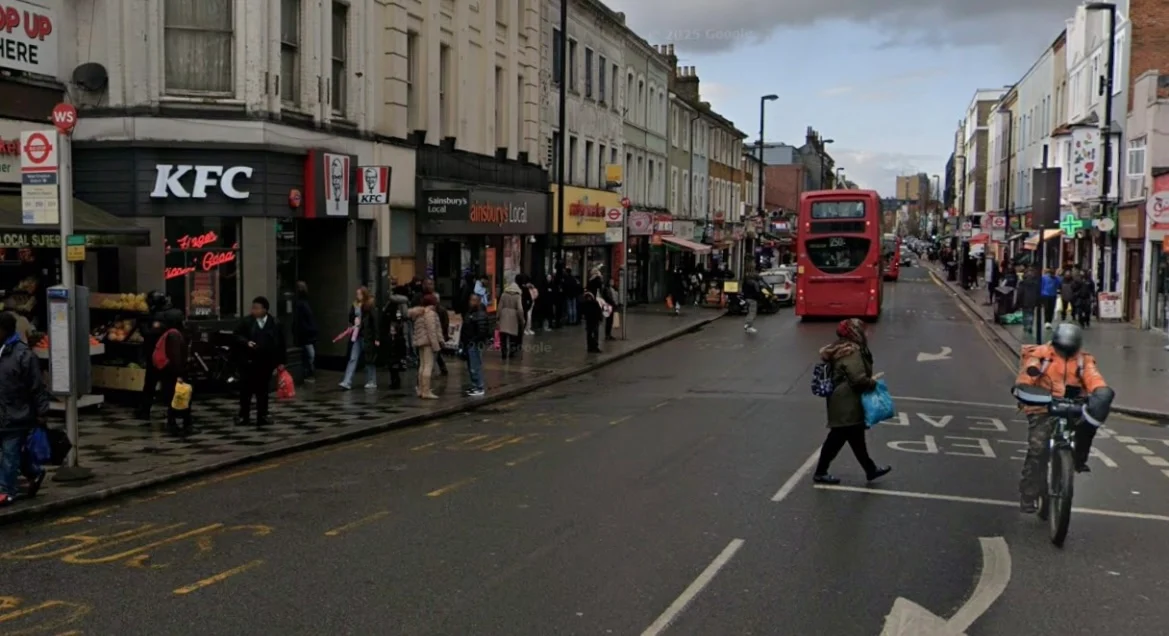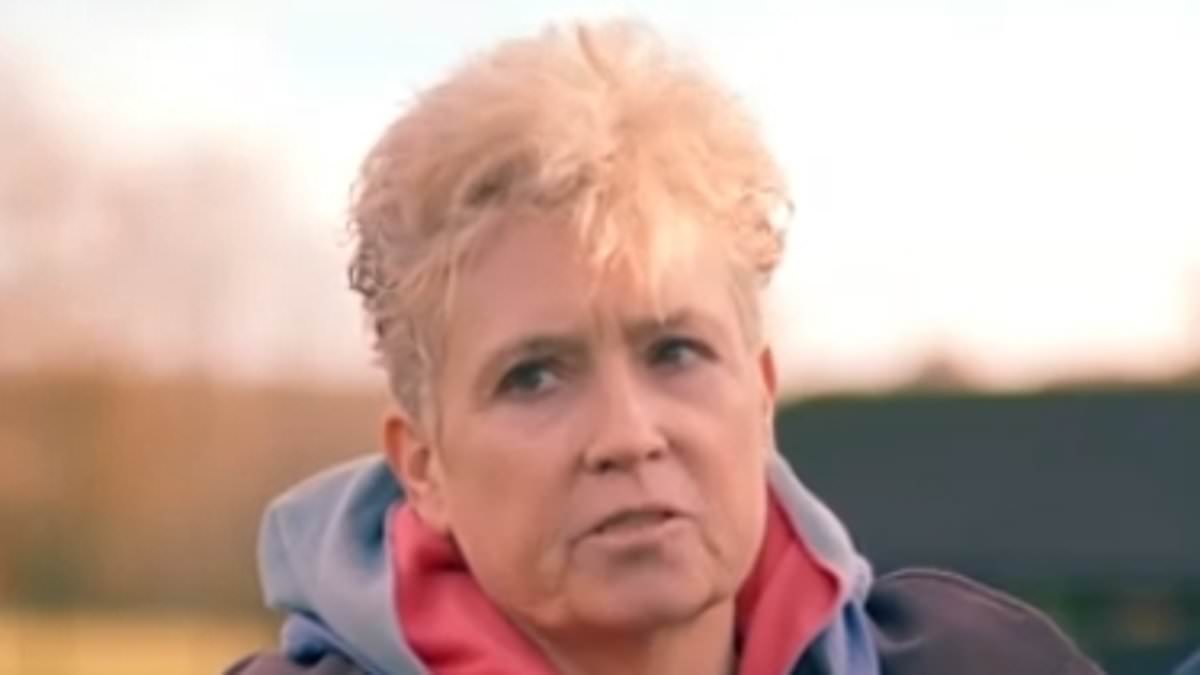Copyright standard

A new report has highlighted the unhealthiest high streets in London, including one “where fast food outlets outnumber gyms 20-1”. Communities such as these face higher risks of obesity, diabetes and heart disease, experts say. The study ranked areas on their concentration of takeaways, pubs, sweet shops, vape stores and gyms, alongside air quality data. London Road in Croydon is the worst, according to The Independent Pharmacy. The street in the south of the city has a staggering 75 fast food outlets, six sweet shops plus a total of 15 pubs, bars, off-licences and vape merchants, the research showed. But there are just five gyms open to locals. Researchers said High Street, Sutton, was next, followed by Oxford Street in Westminster; Bromley’s High Street; Edgware Road, Westminster; High Street, Barnet; Lower Addiscombe Road; Croydon; Great Portland Street and Victoria Street, both in Westminster; and Brighton Road, Croydon. Experts examined 416 UK shopping districts - each over half-a-mile long - for its High Street Health Index. The capital performed relatively poorly as a region, with seven areas ranking among Britain’s ten most unhealthy. Croydon borough featured three times, showing how widespread the lack of healthy outlets, such as gyms, has become. Westminster is in need of accessible and healthier alternatives to be made available to local residents, the online pharmacist said. Bromley’s busy High Street has more fast food and sweet shops than gyms or healthy cafes, ranking it as the fifth most unhealthy in the entire UK. Dr Donald Grant, clinical advisor at The Independent Pharmacy, said: “Where we live often defines how we live. “High streets should support healthy decisions, not make them harder. “When fast food outlets outnumber gyms 20-1, we’re setting people up to fail. “In many towns, the unhealthy option isn’t just available, it’s unavoidable. “Communities dominated by takeaways and alcohol outlets face higher risks of obesity, diabetes, and heart disease. “It’s not that people don’t understand the risks; it’s that their surroundings make the healthy choice the hardest one to make. “With one in four adults in England now obese, these high streets are feeding a growing public health crisis. “If nothing changes, we’ll see shorter lives, poorer quality of life, and widening health inequalities. “Britain’s health is being shaped not only in hospitals or GP surgeries, but on the pavements of its high streets.” He added: “Improving the health of Britain’s high streets isn’t something one group can fix alone. It’s going to take coordinated action from local councils, urban planners, and public health teams. “We need to see fewer takeaway outlets near schools, better access to affordable, fresh food, and more investment in green spaces and active travel. “Those changes can reshape the environment to make the healthy choice the easy choice. “On an individual level, even small shifts make a difference, eating more balanced meals, moving a little more each day, and using community or pharmacy-led support when needed. “And for some people, responsible use of medical treatments such as weight loss injections can help tip the balance when combined with lifestyle changes.”



